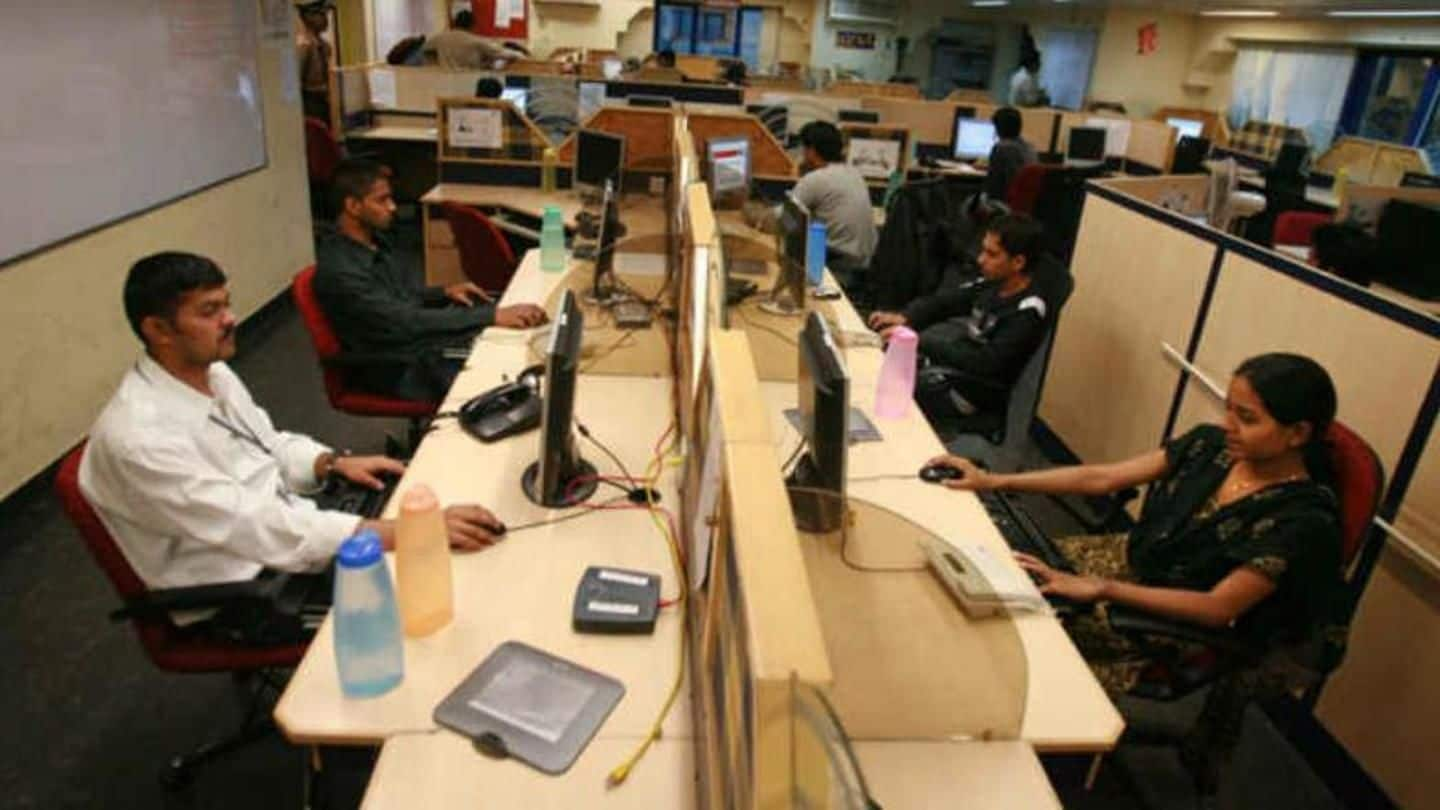
94% of graduates not fit for hiring: Tech Mahindra CEO
What's the story
The skill shortage in India's IT workforce is alarming. The education-sector isn't helping meet this gap, so the burden has shifted to the industries. The situation has been worsened due to increasing productivity and automation. Whereas earlier, 20 people were employed for every million dollars of revenue, now that has fallen to 15. Tech Mahindra CEO CP Gurnani and other experts provide their inputs.
Situation
'Problem more intense for those in 35-40 age group'
Elaborating on the situation, Gurnani told TOI the Indian IT industry needs skills. "If I'm looking for a robotics person and instead I get a mainframe person, then it creates a skill gap. This comes as a big challenge." This problem is starker in those aged 35-40, who "find it difficult to adapt to the changed environment," Mindtree CEO Rostow Ravanan told THBL.
Industry
Industry tries in its own way, but is it enough?
"For learnability, skill development and being market-ready, the onus is now shifting onto the industry," who now train people themselves, Gurnani says. But despite efforts, "the top-10 IT companies take only 6% of engineering graduates. What happens to the remaining 94%?" he asked. The situation is doubly alarming considering the industry's needs: Nasscom has predicted 6mn people will be required in cyber-security by 2022.
Solution
Here's what needs to be done to solve the problem
One solution, Intel India MD Prakash Mallya tells ET, is to increase spending on education, which currently accounts for 3.8% of the GDP. "The mainstream education system (hasn't) kept pace with rapidly-changing business needs," and it is essential for institutes to have a universal standard. Issues of "skill alignment, gender opportunity and structural inequality" have to be addressed. Importantly, technology penetration must be boosted.
US
US' loss is Canada and others' gain
Amid the Donald Trump administration's anti-immigration stance, global trends are changing, Gurnani said. "Compan(ies) will come up with their own strategy of dealing with (hiring restrictions). But...sooner than later, the US has to realize equilibrium has to set in." Keeping aside politics, US is leading because of "technology and innovation," Ravanan said. Meanwhile, others like Canada have taken it as an opportunity, Gurnani added.
Future
What's next for the Indian IT industry?
Ravanan predicts the industry will triple to $500bn in 5-7 years. "However, the current hierarchy of players will change." "There will be mergers and acquisitions. New companies will emerge." "We have carved out an India business unit. Today, as the industry has matured, companies have to make important strategic choices and success will depend on that. The top management will be tested," he said.